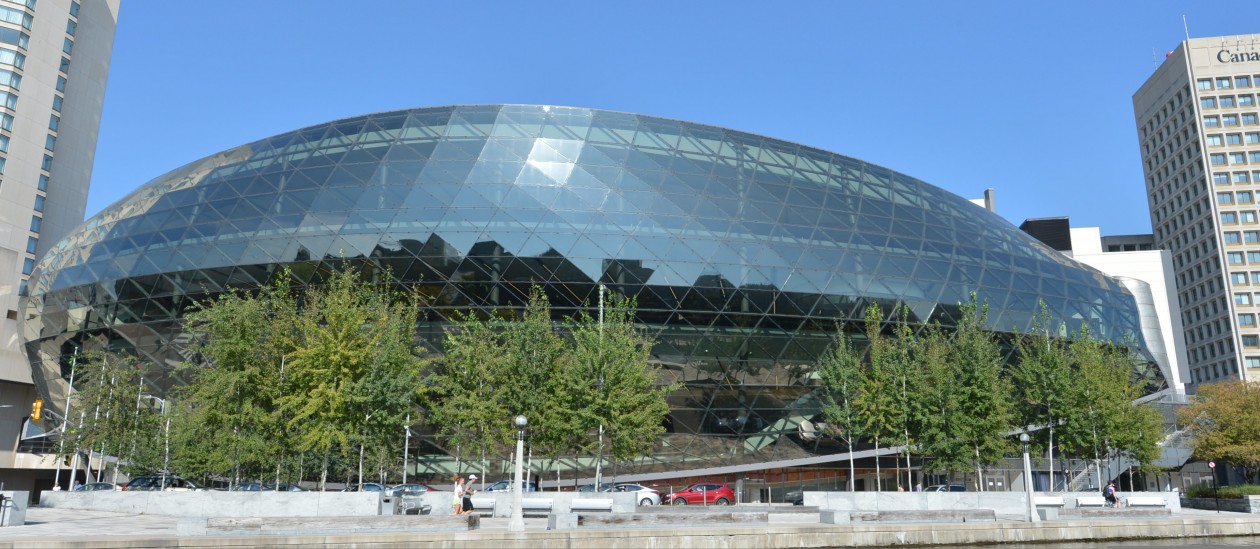Jujutsu (Japanese: jujutsu; also jujitsu, ju jutsu, ju jitsu, or jiu jitsu) is a Japanese martial art that utilizes a large variety of techniques in defense against an opponent. Jujutsu exponents utilize the following different skill sets (sometimes in combination, sometimes not) to tackle an aggressor: blocking, joint lock techniques, strikes, throws and sweeps, as well as ground fighting/grappling skills. Origins Fighting forms have existed in Japan for at least a millennium, (further back records are not reliable). The first references to such unarmed combat arts or systems can be found in the earliest purported historical records of Japan, the [Kojiki] (Record of Ancient Matters) and the [Nihon Shoki] (Chronicles of Japan), which relate the mythological creation of the country and the establishment of the Imperial family. Other glimpses can be found in the older records and pictures depicting sumai (or ”[sumo]”) ”no sechie”, a rite of the Imperial Court in [Nara, Nara|Nara] and [Kyoto] performed for purposes of divination and to help ensure a bountiful harvest. Reportedly, a warrior Nomi no Sekuni of [Izumo province|Izumo] defeated and killed Tajima no Kehaya in [Shimane prefecture] while in the presence of [Emperor Suinin]. Descriptions of the techniques used during this encounter included striking, throwing, restraining and weaponry. These systems of unarmed combat began to be known as ”Nihon koryu jujutsu” (Japanese old-style jutsu), among other related terms, during the [Muromachi period] [1333]-[1573], according to (transmission scrolls) of the various (martial traditions) and historical records. Most of these were battlefield-based systems to be practiced as companion arts to the more common and vital weapon systems. These fighting arts actually used many different names. ”Kogusoku”, ”yawara”, ”kumiuchi”, and ”hakuda” are just a few, but all of these systems fall under the general description of ”Sengoku jujutsu”. These grappling systems were only one component of the Samurai’s training, whereby an unarmed or lightly armed warrior could hope to defend himself against a heavily armed and armored enemy on the battlefield. Ideally, the samurai would be armed and would not need to rely on such techniques. During Japan’s feudal period, sparring in dojos sometimes led to serious injury or fatalities. This form of training was discouraged during the [MeijiRestoration|Meiji]revolution. The Japanese government sanctioned [Jigaro Kano] to reform jutsu schools to ensure that training bouts did not lead to fatalities. The resulting system was coined Jiu-Do (literal translation ‘The flexible way’). Many samurai viewed Jiu-Do as a dilution of a pure combat art. Kano himself, on the other hand, saw his work as unifying a “bag of tricks” around core principles; principles which could also inform the daily life of the modern Japanese people. Those Samurai who would not accept Kano’s Jiu-Do emigrated to Europe and started teaching jujutsu to Westerners. Thus jujutsu became established in the West as Jiu-Do was taking hold in Japan. Etymology Jujutsu is from the Japanese ”jujutsu” meaning “gentle/versatile Art/practice”. There are a wide range of spellings used in English for this Japanese martial art. In the native Japanese, ”jujutsu” is written in [kanji](Japanese ideograms) as ?, but the [romanization] of the Japanese word into the English language has been performed several times using different systems. Jujutsu, the current standard spelling, is derived using the [Hepburn romanization] system. Before the first half of the 20th century, however, jiu-jitsu and then jujitsu were preferred, even though the romanization of the second kanji as ”jitsu” is unfaithful to the standard Japanese pronunciation. Since Japanese martial arts first became widely known of in the West in that time period, these earlier spellings are still common in many places. Jiu-Jitsu is still the standard spelling in Brazil, Canada and the US. The literal translation of the word jujutsu means, “gentle art”. In Japan, Jujutsu can also be used as a broad umbrella term encompasing all japanese martial arts such as Jujutsu, ”[judo]”, ”[aikido]” et cetera (in the same way as the term Gung Fu is used in China to encompass many different schools of martial art). Also it can have a more specific meaning related to schools that follow the tenets of old school jujutsu, as opposed to other divergent specializations such as those denoted by the ‘Aiki’, Karate, or kenpo prefixes. The prefix ‘ju’ in jujutsu means softness, suppleness or flexibility. Jujutsu exponents use their techniques to react to an opponent’s attack rather than using brute strength in order to overcome the enemy. In that way, a smaller person may stand a chance of overcoming a larger person by means of stratagem and effective technique. A bamboo tree has a flexible trunk, which bends in high winds to avoid being up rooted. This analogy is a succinct way of describing how a jujutsu exponent conceptualizes the art of fighting. Military unarmed combat, Jujutsu techniques have been the basis for many military unarmed combat techniques (including Canadian/British/US/Russian special forces and police units) for many years. Law enforcement, [Gendai] jujutsu has been embraced by law enforcement officials worldwide and continues to be the foundation for many specialized systems used by police and correctional services. Perhaps the most famous of these specialized police systems is the [Keisatsujutsu] (police art)[Taiho jutsu] (arresting art) system formulated and employed by the Tokyo Police Department. Also [Koga] formulated by Bob Koga of the LAPD used similar techniques and systems for arrest and control handcuffing, searching.
.
